Transmitters
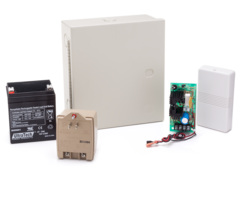

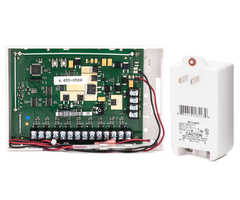
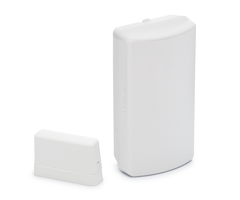
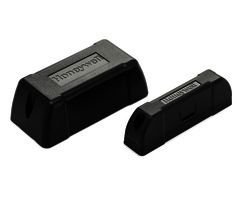
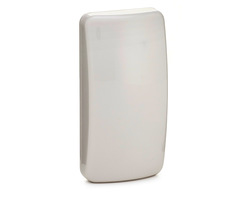
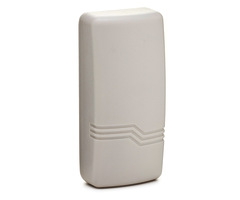

There are many cases where you might want to use one or more wireless transmitters with your security system. The general reason is because you have hardwired devices that you want to have communicate with your system wirelessly. This might because having these devices communicate with a system wirelessly allows for a much easier and time-efficient installation. Another possibility is that the wireless system cannot normally support hardwired devices, and you need to use a transmitter to make the devices compatible.
When you need to use a transmitter to bring over hardwired devices to your system, there are a few different things you should keep in mind. First is that you will need to choose a wireless transmitter that sends signals at a frequency that is compatible with your system's wireless receiver. Most wireless alarm systems have a wireless receiver that is used for receiving signals from wireless sensors. Without this piece of hardware, your system would not be able to support wireless sensors. Each wireless receiver only accepts signals at a certain frequency, so you must make sure you choose the right frequency.
You should also consider that fact that many wireless transmitters will have restrictions on what types of hardwired devices you can bring over to your wireless system. For example, some very simple wireless transmitters will only support a single Normally Closed (NC) contact sensor. This is good if you have a hardwired contact sensor that you could otherwise not use with your system. A good example is that there are many wide-spacing hardwired contacts designed for garage doors or for industrial use. These sensors are often unavailable in wireless varieties. You need to get a hardwired wide-spacing gap and use a wireless transmitter to make it compatible with your wireless alarm system.
If you have many hardwired sensors that you want to bring over, then your best option is often to use a special type of wireless transmitter called a wired to wireless converter. These devices are great for when you are converting an entire hardwired system to wireless, and you want to save money by not having to purchase a complete set of wireless sensors. Again, you will need to make sure that the wired to wireless converter communicates at a frequency compatible with your new alarm system.
Keep in mind that there are many restrictions in using hardwired life-safety sensors with wireless transmitters. This includes hardwired smoke detectors and hardwired carbon monoxide sensors. In fact, most wireless transmitters will not work with any life-safety sensors. But there are some exceptions to this rule. An example is the Qolsys IQ Hardwire 16-F. That wired to wireless converter actually allows 2-wire smoke detectors to be used at Zone 16. Check the specifications for the converter module, and find out if using life-safety sensors is possible if you intend to do so. You may ultimately have to replace your hardwired life-safety sensors with wireless ones.




